Your Kitchen is Leaking Money: A Pro’s Guide to Plugging the Food Waste Drain
Back in my first real kitchen job, the head chef ran a tight ship. He had one rule that stuck with me for life: nothing hit the trash can unless he saw it first. To him, a bucket of veggie trimmings wasn’t garbage; it was the foundation for a rich, flavorful stock. A basket of day-old bread wasn’t waste; it was tomorrow’s crunchy, golden-brown croutons. This wasn’t just about pinching pennies, either. It was about a deep respect for the food, the farmer, and the entire journey it took to get to our kitchen.
In this article
That single lesson has been my guiding star for years, both in bustling restaurant kitchens and in my own home. And let’s be honest, it’s easy to hear the staggering statistics about food waste and feel a bit helpless. But the most powerful changes don’t happen on a global scale; they start right on your own countertop. It all begins with a simple shift in mindset: your ingredients are valuable resources, not disposable props for a single meal.
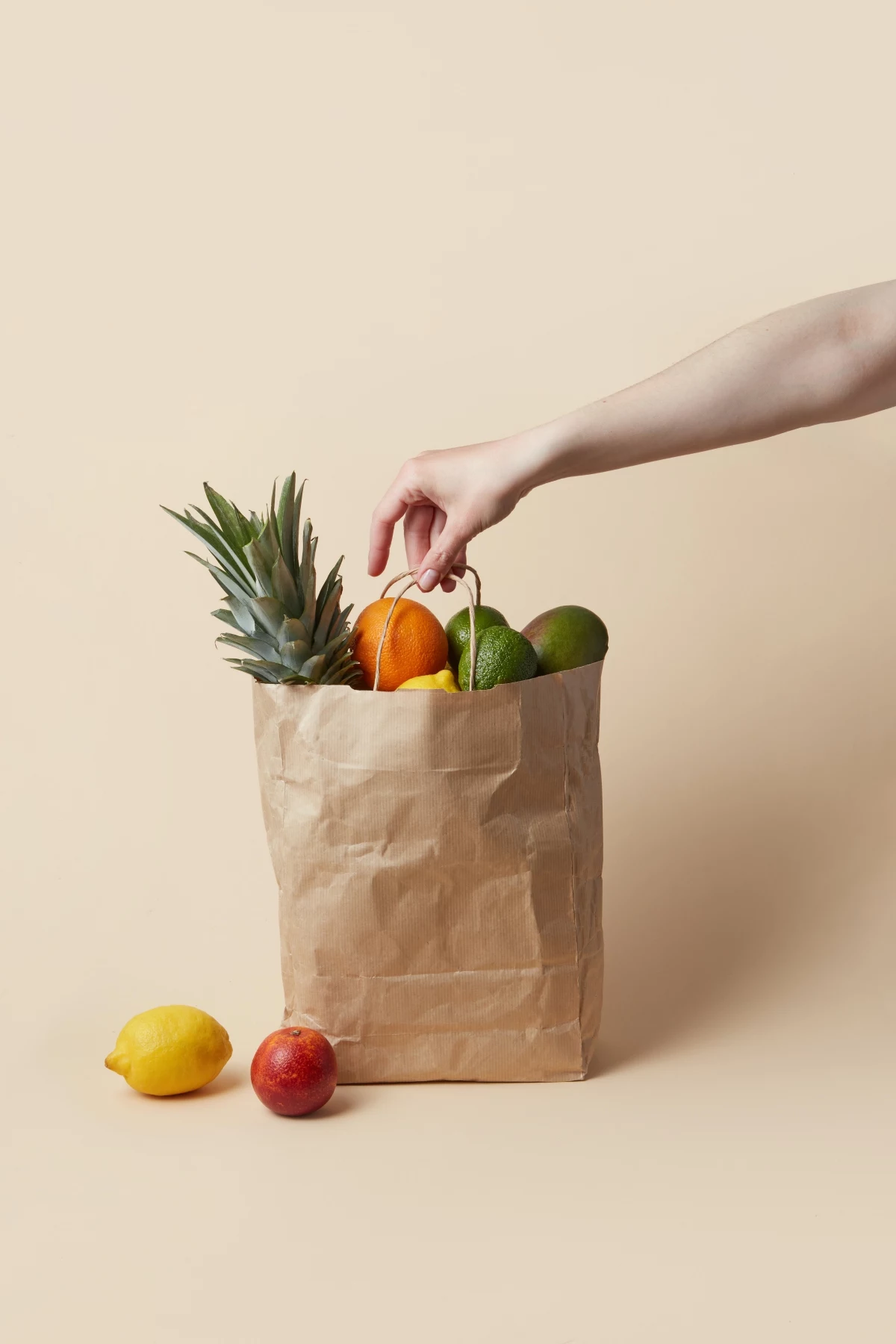
This guide isn’t here to make you feel guilty. It’s about sharing some practical, road-tested professional tricks to help you run your home kitchen more efficiently, save some serious cash, and waste a whole lot less.
Overwhelmed? Start Here with Two Quick Wins
If you don’t have time for a full kitchen overhaul, just try one of these two things this week. Seriously, that’s it.
- The “Eat Me First” Box: Grab any clear container you have and label it “Eat Me First.” Stick it in a prominent spot in your fridge. Anything that’s leftover or needs to be used up in the next day or two goes in here. It’s a visual reminder that stops food from disappearing into the mysterious back of the fridge.
- The Freezer Scrap Bag: Pop a big gallon-sized freezer bag in your freezer. Every time you chop veggies, toss the clean ends, peels, and stems in there (onion ends, carrot peels, celery butts, etc.). When it’s full, you’ve got a free, flavor-packed base for amazing soups and sauces.
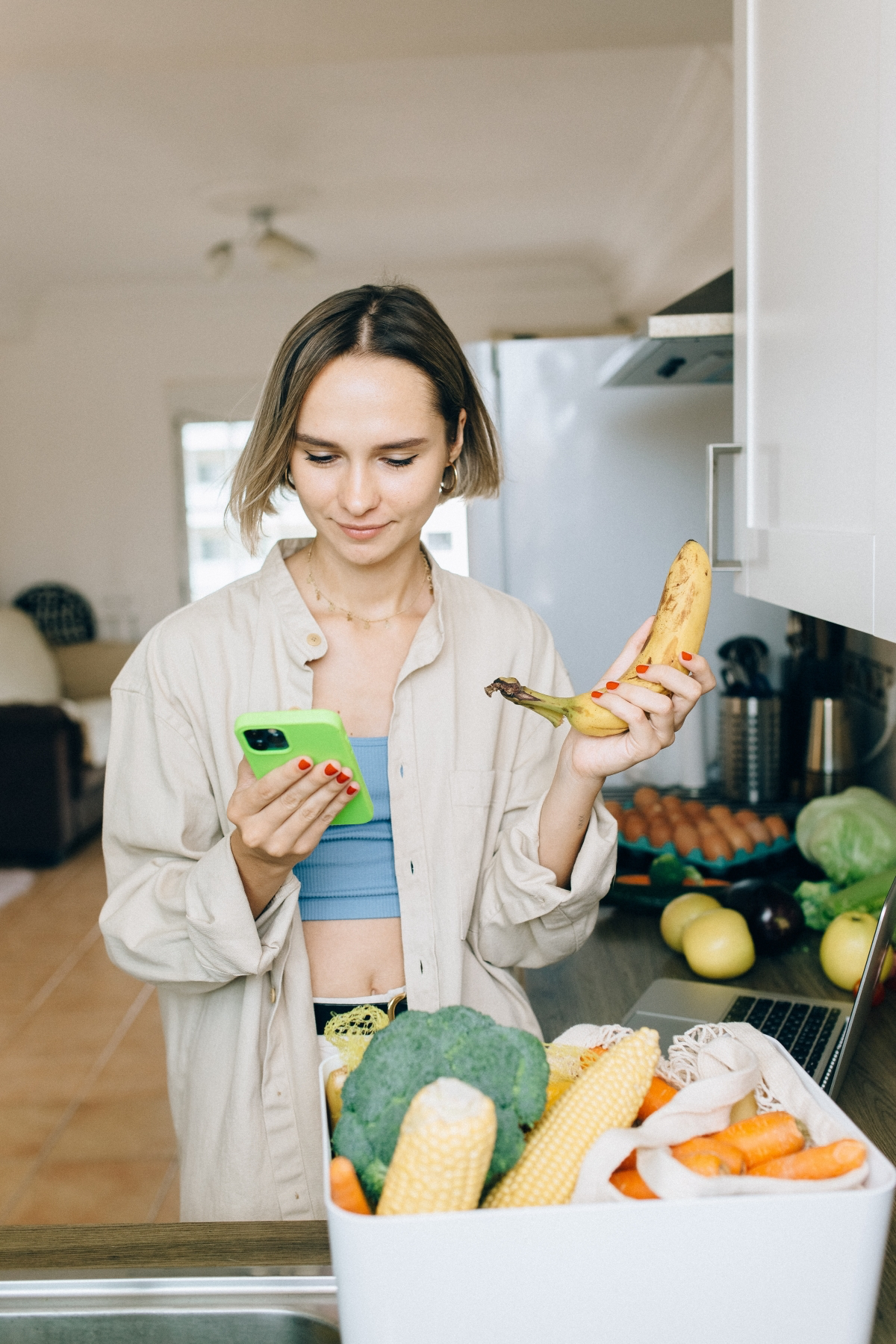
Part 1: It All Starts with the Right Mindset
Before you even write a grocery list, the biggest change has to happen in your head. In a professional kitchen, inventory is money. Every spoiled vegetable or forgotten piece of meat is like literally throwing cash in the garbage. Adopting this mindset is the most important first step.
A Little Science: Why Food Actually Goes Bad
Knowing your enemy is half the battle. Food spoilage is caused by a few key culprits: microbial growth (like mold and bacteria), oxidation (what turns your sliced apples brown), and natural enzymes that cause food to over-ripen and get mushy. Oh, and then there’s the drama caused by ethylene gas.
Good to know: Some fruits and veggies are natural trouble-makers. They release ethylene gas, which acts like a ripening hormone for their neighbors. To prevent a chain reaction of spoilage, it’s smart to keep them separated.
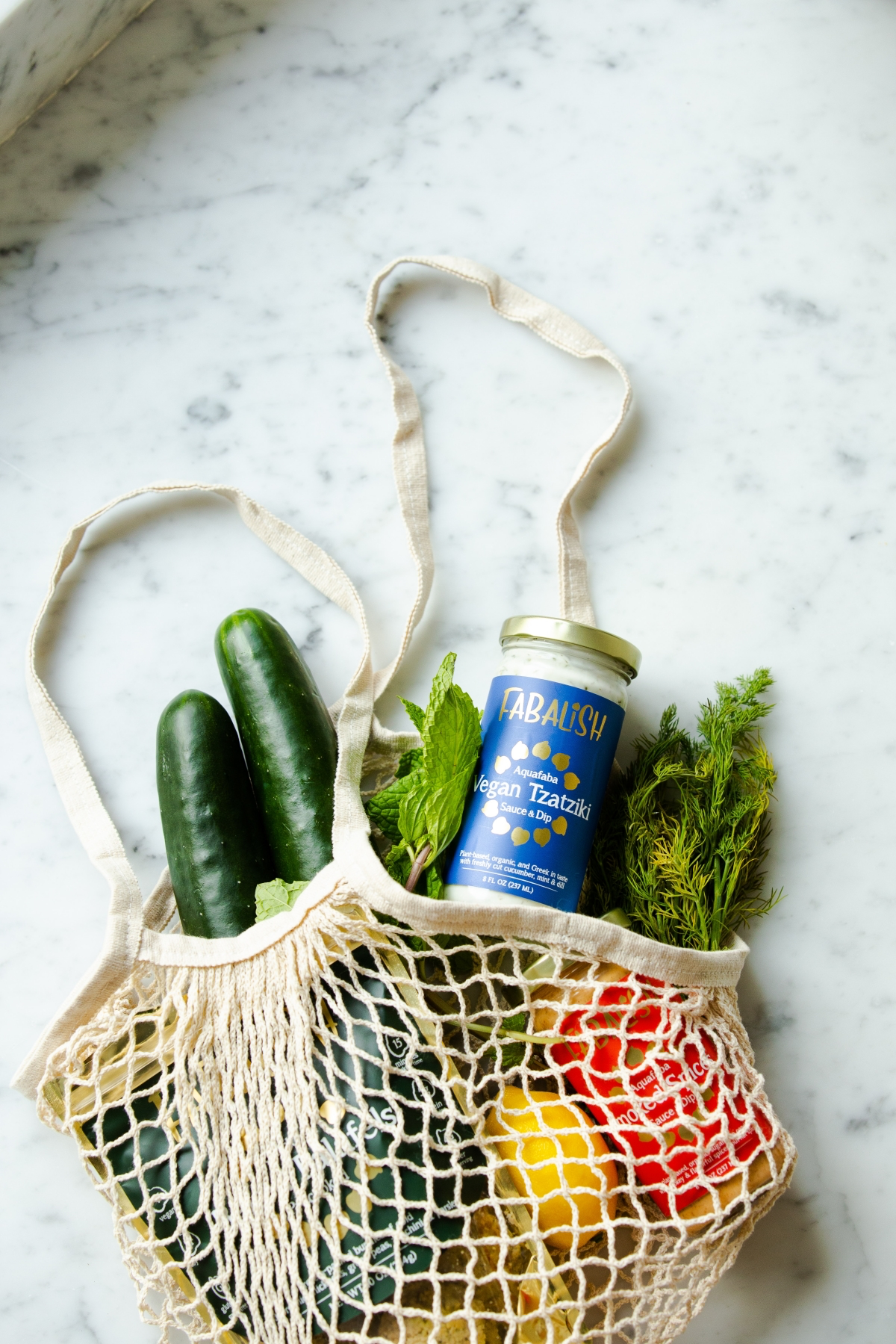
- The Ethylene Producers (The Ripeners): Think bananas, avocados, tomatoes, cantaloupes, peaches, and apples. Give them their own space.
- The Ethylene-Sensitive Crew (The Spoilers): This includes leafy greens, broccoli, carrots, cucumbers, and potatoes. They’ll go bad much faster if they hang out with the producers.
Adopt the Pro’s Golden Rule: FIFO
Every restaurant on earth lives by a simple principle: FIFO. It stands for “First In, First Out,” and it just means you use the oldest stuff before you use the new stuff. It’s a simple habit that takes maybe 30 seconds when you unpack your groceries. Just slide the older items to the front of the shelf and put the new groceries behind them. For bonus points, grab a permanent marker and write the date you bought something on the package. No more guessing if that yogurt is still good.
Your Weekly Waste Audit (a.k.a. Finding the Leaks)
For one week, just notice what you’re throwing away. Keep a little note on your phone or a pad on the counter. Did half a bunch of cilantro go slimy again? Did the celery go limp? This isn’t about guilt; it’s about gathering data. At the end of the week, you’ll see your personal waste patterns. If you consistently toss cilantro, you now know that tossing it is like throwing away $1.50 every single time. Maybe you only need to buy half as much, or maybe you need a plan for the rest of it. This little audit is your roadmap to fixing the problem and can easily show you where you’re losing $10-$20 a month.
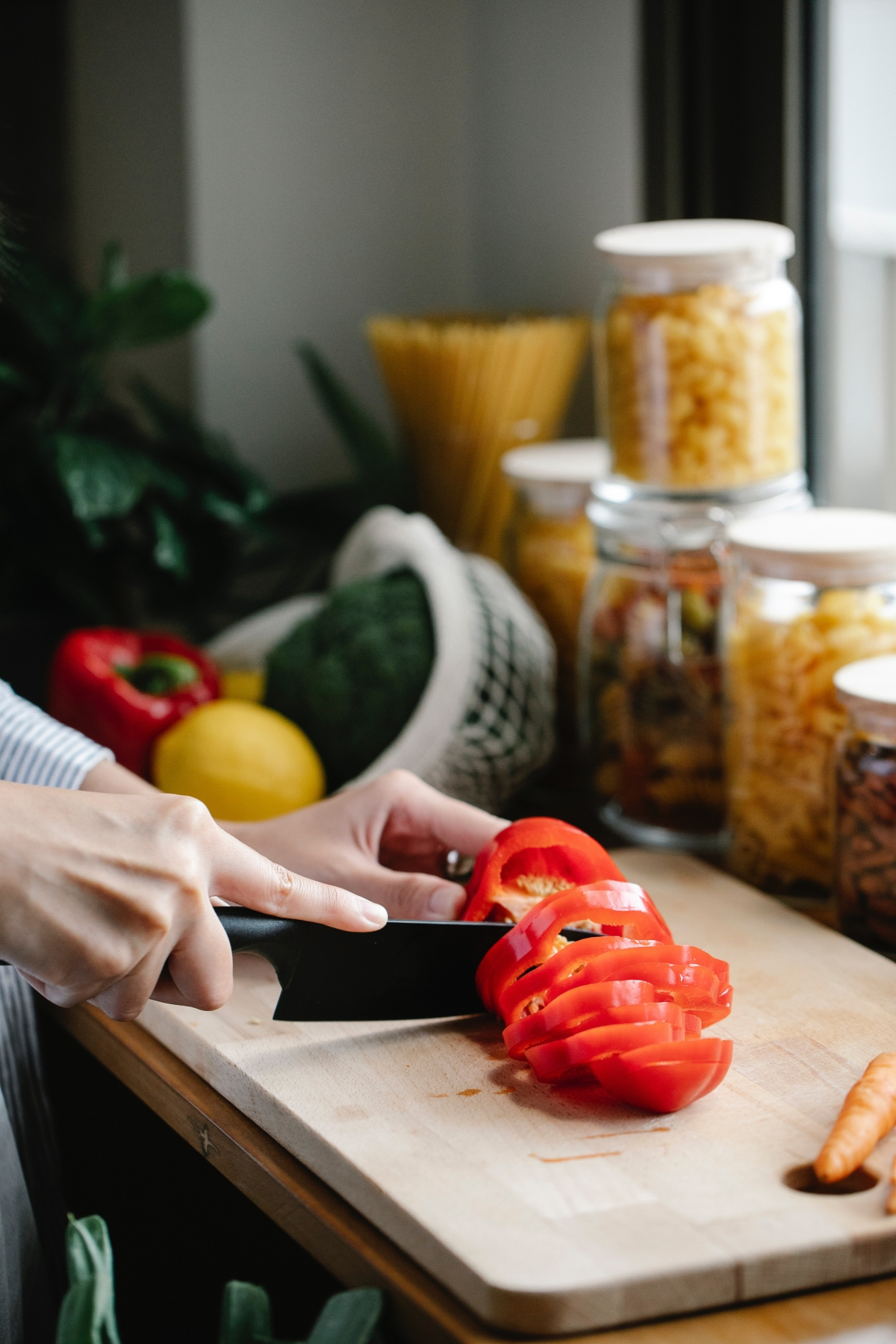
Part 2: The Pre-Game: Smart Shopping & Storage
Waste reduction starts before you even walk in the door with your groceries. A smart shopping trip and a proper storage routine are your best defense.
Plan for Ingredient Overlap
Meal planning is great, but next-level planning involves ingredient overlap. Before you shop, think about how one ingredient can pull double or triple duty. For instance, last week I bought a whole head of cabbage. On Monday, I used a quarter of it to make a crunchy slaw for fish tacos. On Wednesday, I chopped up another quarter and tossed it into a chicken stir-fry. On Friday, I roasted the remaining half with some olive oil and spices as a simple side dish. Boom. One head of cabbage, three meals, zero waste.
- Buy Loose When You Can: Instead of grabbing that pre-packaged bag of three bell peppers, buy them loose. If your recipe only calls for one, just buy one. This is especially true for things like onions, potatoes, and apples.
- Embrace the “Ugly” Veggies: Many stores have a section for cosmetically challenged produce at a nice discount. A wonky-looking carrot or a scarred apple tastes exactly the same. You save money and help reduce the store’s waste. A true win-win.
- Make Friends with the Service Counter: Need cheese? Instead of a pre-wrapped block, go to the deli and ask for the exact amount you need. Same for the butcher. This prevents that awkward situation where you have a family-pack of chicken breasts for a two-person household.
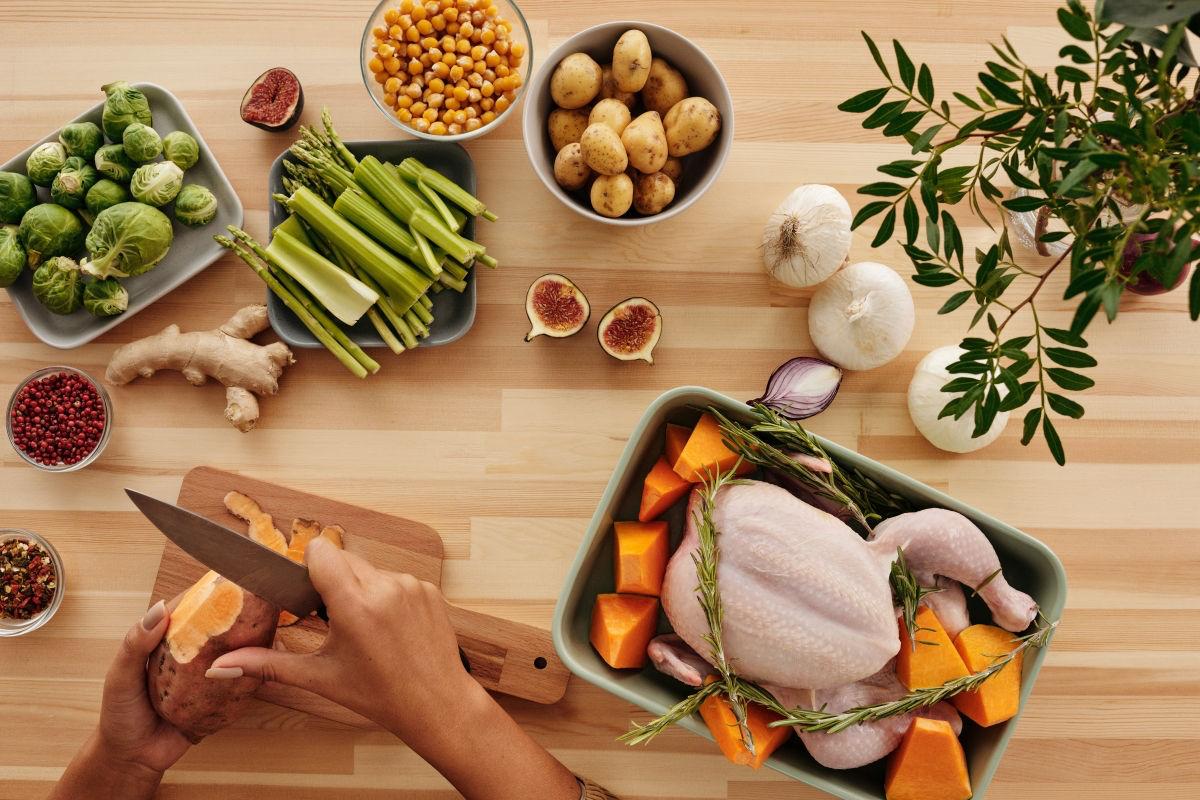
The 15-Minute “Receiving” Ritual
When food arrives at a restaurant, we don’t just shove it in the fridge. We process it for a longer life. You can do this at home, too, and it takes about 15 minutes post-shopping but can easily double the life of your produce.
- Herbs: Treat soft herbs like cilantro and parsley like flowers. Snip the ends, put them in a jar with an inch of water, cover them loosely with a plastic bag, and pop them in the fridge. For woody herbs like rosemary and thyme, wrap them in a slightly damp paper towel inside a sealed bag.
- Greens: Greens get slimy because of moisture. As soon as you get home, wash and dry them thoroughly. A salad spinner is a fantastic tool for this, usually costing between $20 and $40 at stores like Target or online. Once bone dry, store them in a container lined with a paper towel. The towel wicks away moisture, and they’ll last for ten days instead of three. No spinner? No problem. Put your washed greens in a clean pillowcase, go outside, and swing it around your head. I’m serious, it works like a charm—just make sure nobody’s standing nearby!
- Veggies: A common mistake is putting everything in the fridge. Potatoes, onions, and garlic hate the cold; they need a cool, dark, dry place like a pantry. The cold turns potato starches to sugar, making them taste weirdly sweet. And heads up! Never store onions and potatoes together. Onions release a gas that makes potatoes sprout. And for the love of all that is delicious, keep your tomatoes on the counter; refrigerating them makes them mealy and flavorless.
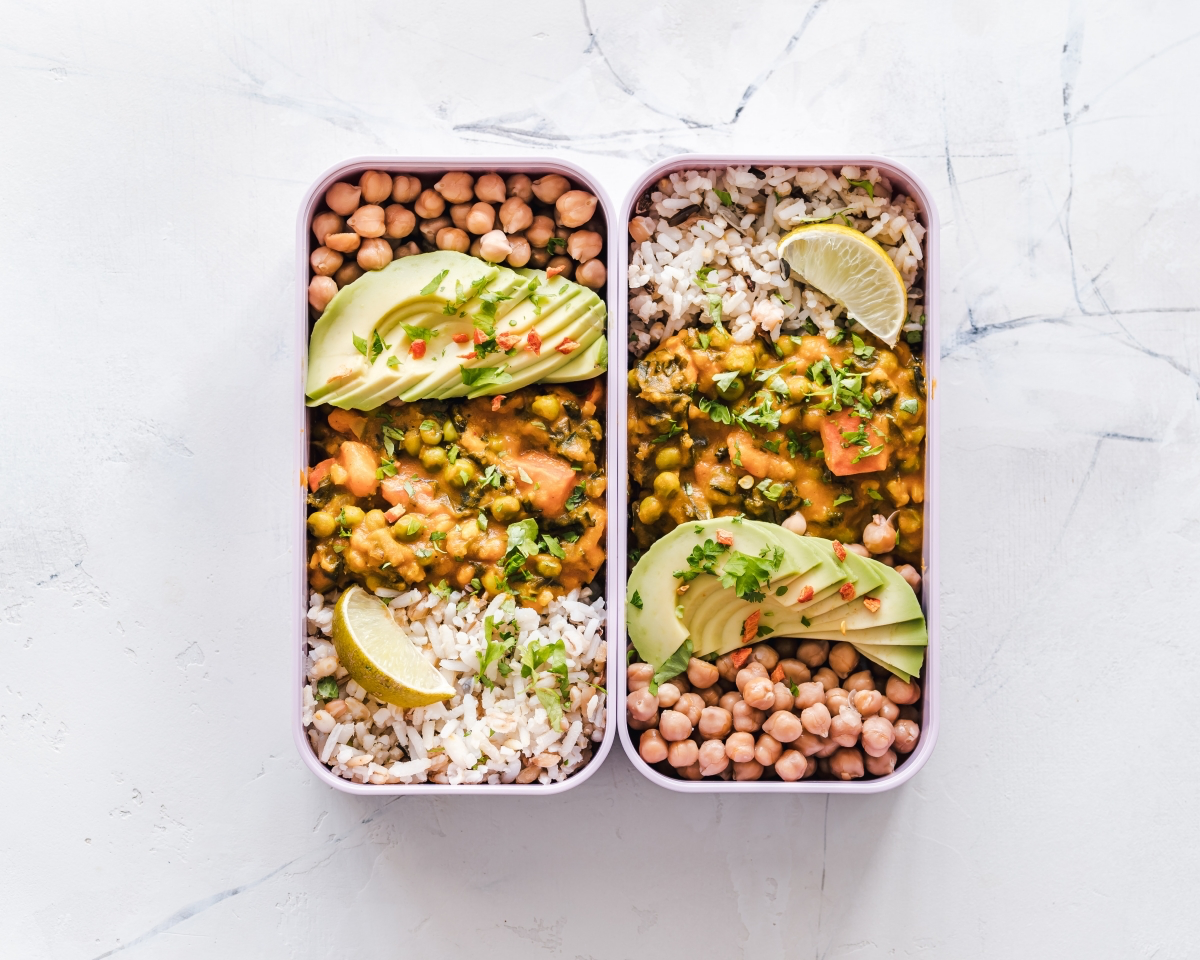
Part 3: Kitchen Tricks to Use Everything Up
This is where the real creativity kicks in. Learning to use the whole ingredient will completely change your cooking game.
Root-to-Stem Cooking is Your New Best Friend
So much of what we call “scraps” is actually delicious food.
- Broccoli Stalks: Don’t you dare throw those out! Peel the tough outer skin, and the inside is tender and sweet. Slice it for stir-fries, shred it for slaw, or roast it right alongside the florets.
- Beet & Carrot Greens: Beet greens can be sautéed with garlic just like spinach. Carrot tops can be blended into a unique, earthy pesto.
- Citrus Peels: After you juice a lemon or orange, use a peeler to take off the zest (the colored part, not the bitter white pith). Let it air dry, and you have homemade zest for baking or marinades. Or, just simmer the peels with a cinnamon stick in some water for a fantastic natural air freshener.
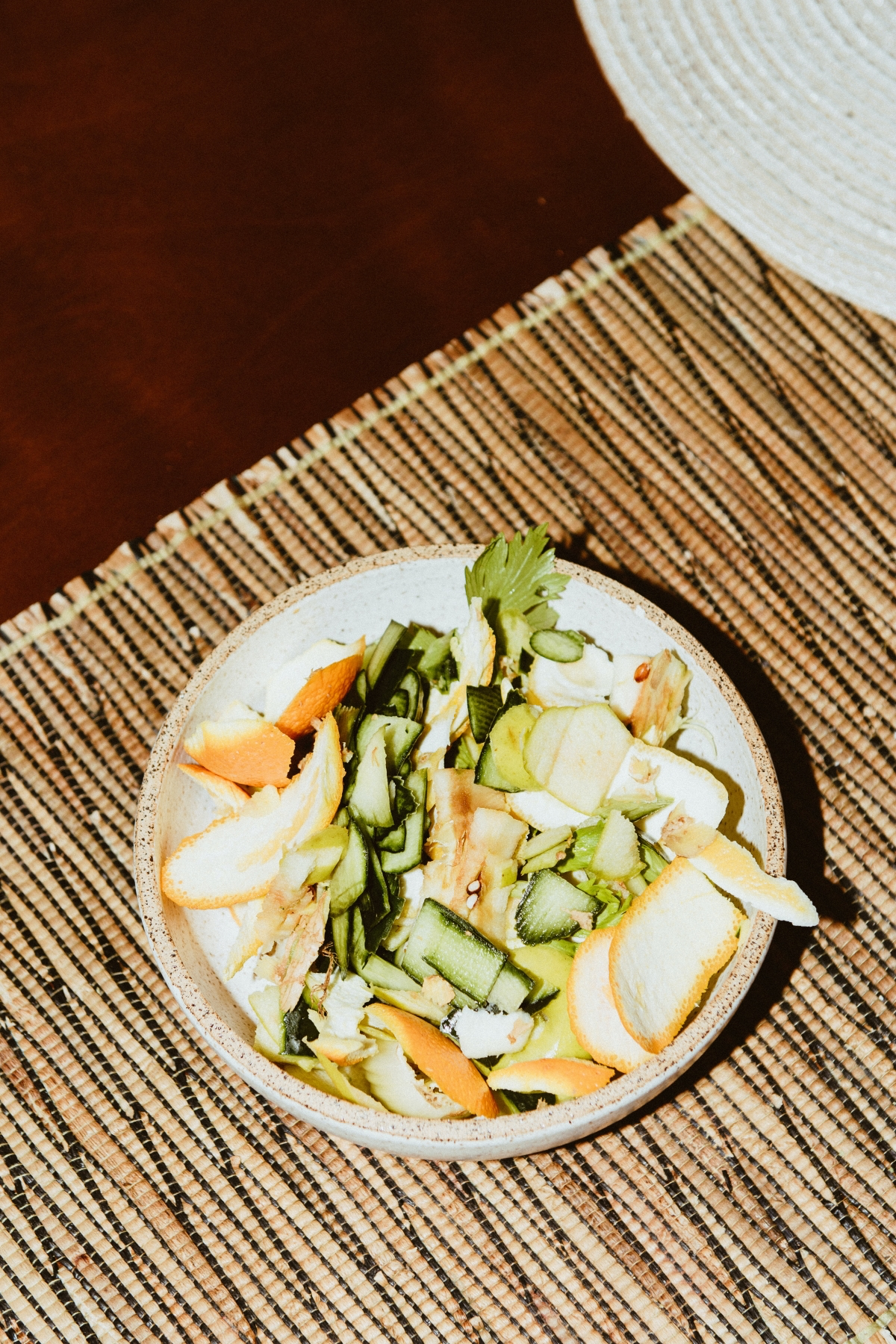
The Magic of Homemade Stock
Remember that scrap bag in your freezer? When it’s full, you’re ready to make liquid gold. Just dump the frozen scraps into a big pot, add a bay leaf and some peppercorns, and cover with cold water. Bring it to a very gentle simmer—never a rolling boil, which makes stock cloudy. Let it barely bubble for at least an hour (or up to four). Then, strain it through a fine-mesh sieve. Let it cool and store it in the fridge for a week or freeze it in ice cube trays for convenient, small portions you can pop into any dish that needs a flavor boost.
A quick safety note: Only use clean scraps from healthy vegetables. Avoid anything moldy or slimy. Also, skip starchy potato peels (they make stock gummy) and bitter brassica scraps (like cabbage or too much broccoli), which can make the flavor unpleasant.
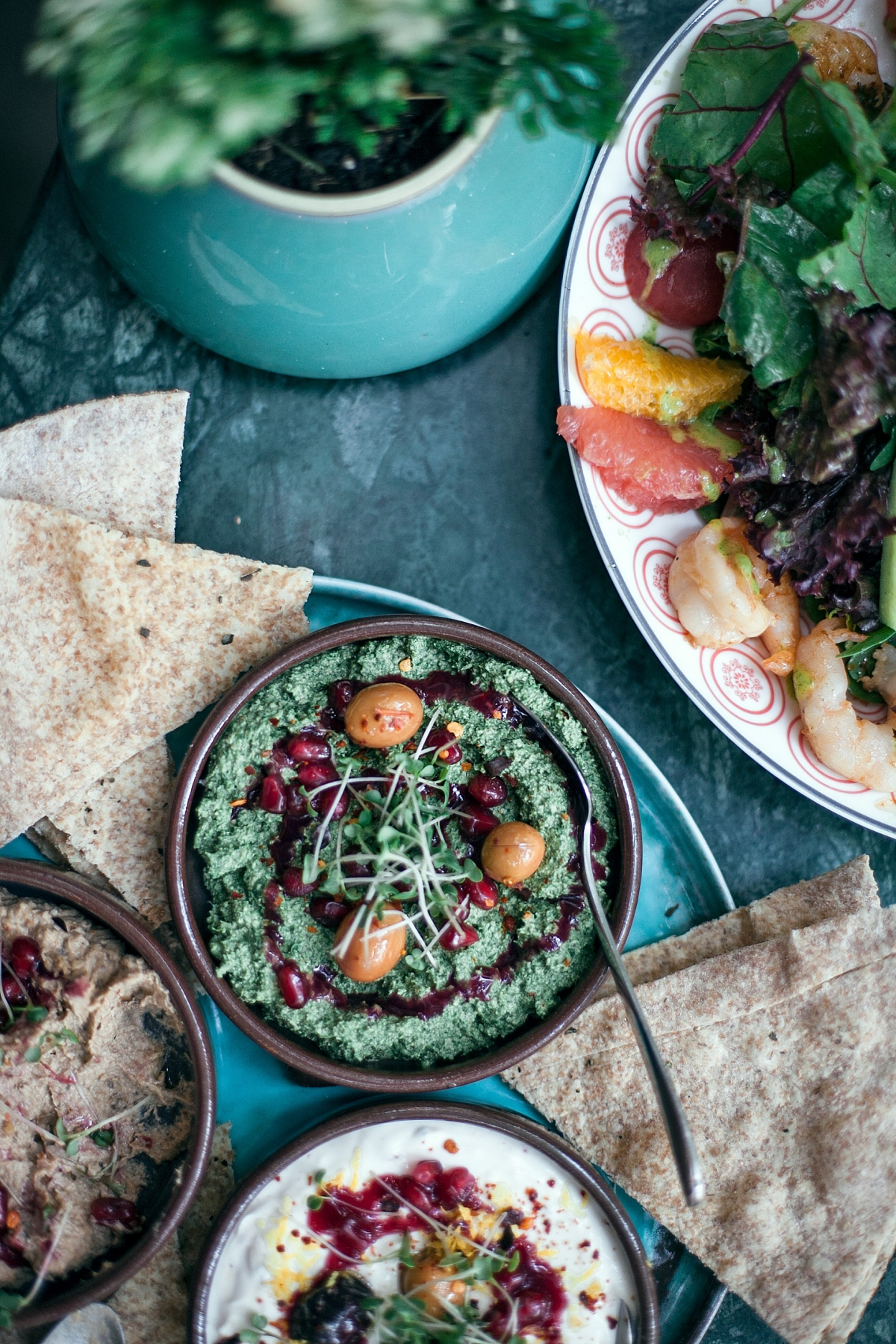
Simple Preservation—No Canning Required
Preservation doesn’t have to be some intimidating, all-day project.
- Blanch & Freeze: Freezing is great, but most veggies need to be blanched first to stop the enzymes that ruin their texture and flavor. It’s just a quick dip in boiling water followed by a plunge into an ice bath. It’s easier than it sounds! Green beans need about 2 minutes, sliced carrots about 2, and broccoli florets need 3 minutes. After the ice bath, dry them completely, freeze them on a baking sheet, then transfer to a bag to prevent clumping.
- 10-Minute Quick Pickles: You can turn almost any crisp veggie into a tangy pickle. This is amazing for red onions, cucumbers, carrots, and radishes. My go-to brine is a 1:1:1:1 ratio. Mix 1 cup of vinegar (white or apple cider works well), 1 cup of water, 1 tablespoon of salt, and 1 tablespoon of sugar. Heat it until dissolved, then pour it over your sliced veggies in a glass jar. They’ll be ready to eat by the next day and last for weeks in the fridge. A lesson I learned the hard way: always use a non-reactive pot (like stainless steel) for your brine. Aluminum will give your pickles a nasty metallic taste.
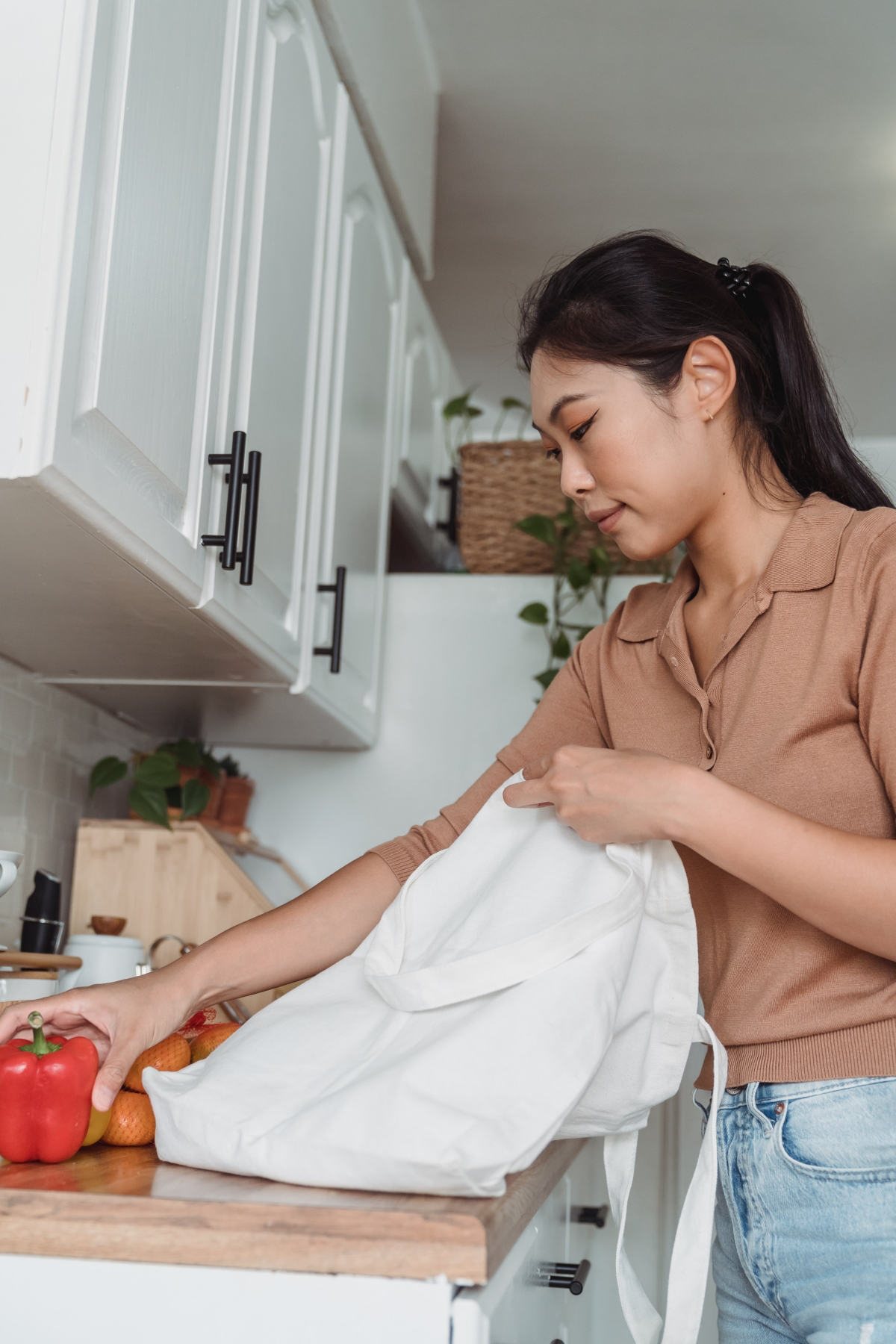
Part 4: Closing the Loop with Composting
For the truly unavoidable scraps—coffee grounds, eggshells, fruit cores—composting is the final, heroic act. It turns garbage into black gold for your garden or houseplants.
A healthy compost pile is all about balance. You need a mix of nitrogen-rich “Greens” (your kitchen scraps, coffee grounds, fresh grass clippings) and carbon-rich “Browns” (dried leaves, torn-up cardboard, newspaper). A good rule of thumb is to aim for about three parts browns for every one part greens. From my experience, a stinky compost pile almost always means too many greens. So, every time you dump in your kitchen scraps, cover them with a generous layer of browns.
But what if you live in an apartment? No problem! You have options. Countertop composters like a Lomi (which runs about $400-$500) can turn scraps into dirt overnight. A more budget-friendly option is a Bokashi bin (kits start around $60), which ferments your scraps with no odor. You can also start a small worm bin (vermicomposting) on a balcony. Or, check for local resources—many cities and farmers’ markets have compost drop-off locations.
What to Compost (and What to Avoid)
YES to Composting: Fruit and veggie scraps, eggshells, coffee grounds, tea bags, stale bread, and yard trimmings.
NO to Composting (in a home pile): Meat, fish, bones, dairy products, and oily foods. These attract pests, smell awful, and can harbor pathogens that your backyard pile isn’t hot enough to kill.
It’s a Practice, Not a Performance
Look, the goal isn’t a perfect, zero-waste kitchen tomorrow. It’s about building better habits, one at a time. Start with the “Eat Me First” box. Next week, try making your first scrap stock. Each small change adds up, saving you money and connecting you more deeply to the food you eat. It’s a practice of creativity, resourcefulness, and ultimately, respect.
Inspirational Gallery
What about those ingredients that are just on the edge?
Don’t toss them! Give wilted greens and herbs a 15-minute ice water bath to shock them back to life. Soft tomatoes that are past their prime for slicing are perfect for a quick pan sauce or roasted tomato soup. As for citrus fruits that are starting to look a little dry, zest them and juice them. The zest can be frozen flat in a bag for baking, and the juice can be frozen in ice cube trays for future drinks or marinades.
If food waste were a country, it would be the third-largest emitter of greenhouse gases after the United States and China.
This staggering fact from the UN Food and Agriculture Organization reframes kitchen waste from a personal budget issue to a global environmental one. Every carrot peel composted or leftover portion eaten is a small but meaningful act of climate care, reducing the methane released from landfills and honoring the resources used to grow our food.
The secret weapon you might be overlooking: your freezer is more than just a morgue for forgotten leftovers. Use it actively! Blanch and freeze green beans when they’re perfectly crisp. Purée over-ripe berries with a touch of sugar for an instant sorbet base. Even leftover wine can be frozen in ice cube trays to add depth to future pan sauces. A well-managed freezer is a gateway to future delicious meals.
Bulk Bins: Offer total control over quantity, letting you buy just the two tablespoons of a spice you need for a new recipe. This drastically reduces pantry clutter and waste from half-used packages.
Pre-Packaged Goods: Often seem convenient but can lock you into larger quantities than necessary, especially for produce. A large bag of spinach might seem like a good deal until half of it turns to slime.
For dry goods, bulk is often king. For produce, be realistic about how much you’ll actually use before it turns.
- Turns wilted, leftover herbs into a flavor-packed condiment.
- Preserves the fresh taste of your garden for weeks.
- Creates a beautiful, gourmet-style gift from scraps.
The secret? A simple herb-infused oil. Gently heat a cup of good olive oil (like California Olive Ranch) with a handful of clean, dry herb stems and leaves (rosemary, thyme, or even parsley stalks) on low for 10 minutes. Let it cool completely, strain into a clean bottle, and you’ve just turned potential waste into culinary gold.
Go beyond the basics of stock by adopting a ‘root-to-leaf’ mentality. Broccoli stems, often discarded, can be peeled and sliced into crunchy, delicious coins for a stir-fry or shredded for a slaw. The green tops of carrots are fantastic for making a rustic, slightly earthy pesto. Even potato peels, when washed, oiled, and baked until crispy, make for an addictive snack. It’s about seeing the potential in every single part of the vegetable.
A shocking 40% of food in the United States is never eaten. That’s like buying five bags of groceries and leaving two in the parking lot.
Ready to level up your preservation game? A vacuum sealer, like one from the FoodSaver brand, is a game-changer. By removing all the air, it dramatically extends the freezer life of meats, vegetables, and even pre-made meals, preventing freezer burn and preserving flavor and texture for months, not weeks. It’s the closest you can get to flash-freezing at home and perfect for buying family-packs of meat and portioning them out without waste.
Let technology be your co-pilot in the fight against waste. Several apps are designed to help you manage your kitchen inventory and reduce spoilage.
- Kitche: Scan your grocery receipts to create a digital pantry, and the app will send you reminders for food that’s about to expire, along with recipe suggestions.
- Olio: Have food you know you won’t use? This food-sharing app connects you with neighbors who can take it off your hands, preventing it from ever hitting the bin.










